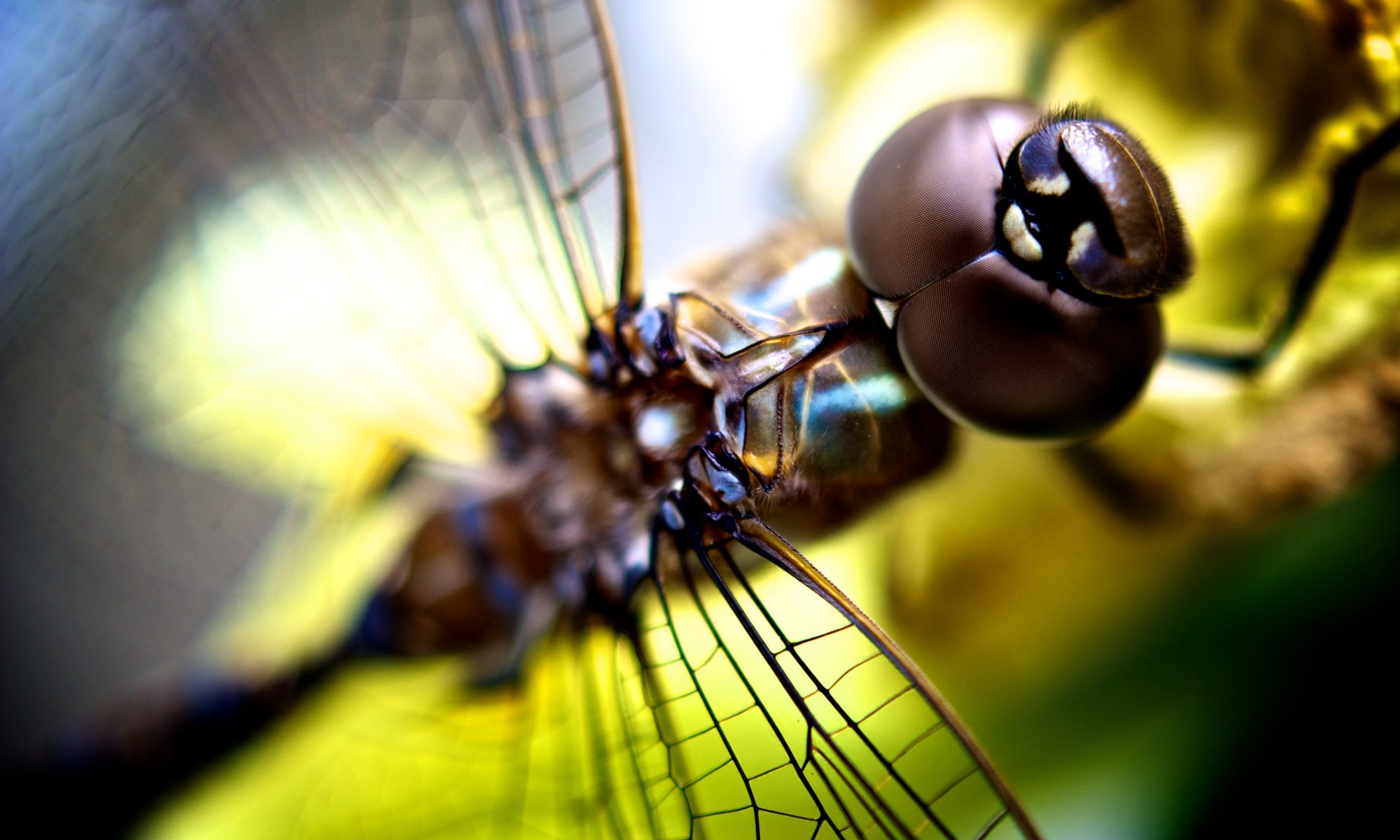About a week ago, I fired up Twitter in the evening to see what sort of interesting links my various contacts had posted during the day. As you would expect, due to my professional interests, I follow a fair number of academics ranging from undergraduates to graduate students to postdocs to professors. Many of them are scientists, and so I am usually able to find some good science reading in the evening as I wind down my day.
That evening was different, however, as I encountered a stream of #overlyhonestsyllabi-tagged tweets (mostly retweets, actually) in my feed.
I’m not going to analyze the phenomenon too deeply here, as others (e.g. here and here) have already done that very well. Rather, I’d like to sketch out my thoughts that evening, now that I’ve had a few days to let things percolate in my brain.
At first I was slightly amused. Some of the tweets were, indeed, funny in a ironic sort of way that tickled my Gen-X funny bone. But as I scrolled through the growing hashtag stream, I stopped feeling amused and began to understand that #overlyhonestsyllabi was becoming more of a “crasstag” Or maybe even a bashtag. I began to feel more and more uneasy with each new tweet that appeared.
Then, burning through the hashfog, came this statement that suddenly crystalized my thoughts:
Please stop making fun of undergrads. Some of us try very hard to be a part of the scientific community.
— Konsta Happonen (@Koalha) August 22, 2013
That was precisely it. Precisely.
It is vital to remember that the students in our classes are – in the vast majority – there because they appreciate the subject matter and want to learn more about it. Yes, there are always the minority that are only there for the grade, or because their parents made them, or…
Of course there are countless little stories – some humorous, some horrific – that accrue over the long semesters and long careers of teaching. But those stories represent the m-i-n-o-r-i-t-y of students. Given the fact that, these days, very few people are going to accumulate vast fame or immense fortune with a B.Sc. in biology (or most any other university degree), the fact is that most students are taking biology (or some other subject) because they have a burgeoning love for the subject matter.
Do you remember when you were at that same stage of life and were fascinated by the ants in your parents’ lawn, or by how a jet engine worked, or by Steinbeck’s genius? Do you remember that that was why you pursued the degree(s) that you did? Hopefully that fascination is still there and has grown and blossomed. And if it has (I won’t discuss what needs to happen if it hasn’t), then it is our job to cultivate that exact same seedling of fascination in our students.
I fully understand that most of the tweeters that evening were just having a bit of fun. But, unfortunately, it did not come across that way to the entire audience, as exemplified by the tweet above and a number of others that I read that evening as well.
Instead of careful cultivation it was, unfortunately, salting the fields.
So, here is my suggestion. As students return to classes and to the crisp-blue-sky promise of a new autumn semester, why not subvert the overall cynicism of #overlyhonestsyllabi to instead welcome them back to studying the subjects that they and you love so much.
—–
Also, please don’t get me wrong. As I said above, I am sure that most #overlyhonestsyllabi tweeters were just trying to have a bit of fun.
And, of course, there were some gems that I noticed here and there in the hashtag stream. For instance:
Before you take this class lightly, know my obsession with the subject matter has ruined two of my marriages. #overlyhonestsyllabi”
— Andrew Smith (@andrewhistorian) August 22, 2013
I do understand life happens and I’ll do my best to work with you. #OverlyHonestSyllabi
— Dr. Annalise (@Dr_Annalise) August 22, 2013
There’s a pretty good chance I wrote this after a bottle and a half of wine #overlyhonestsyllabi
— Stephanie Austin (@stephereena) August 22, 2013
